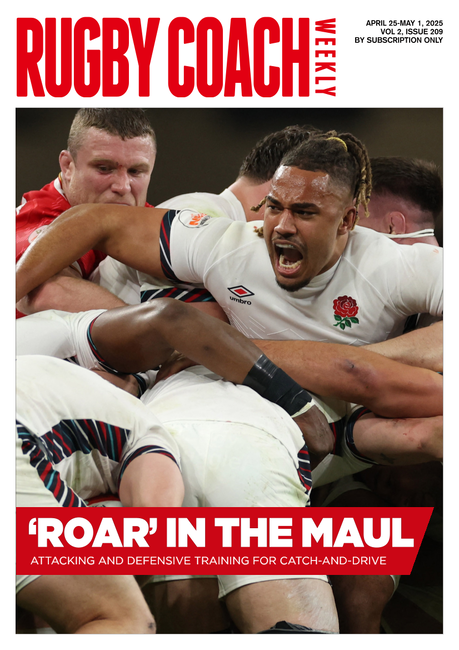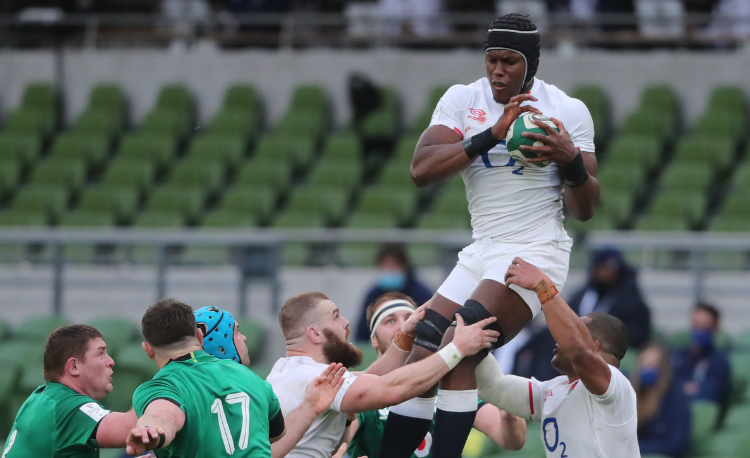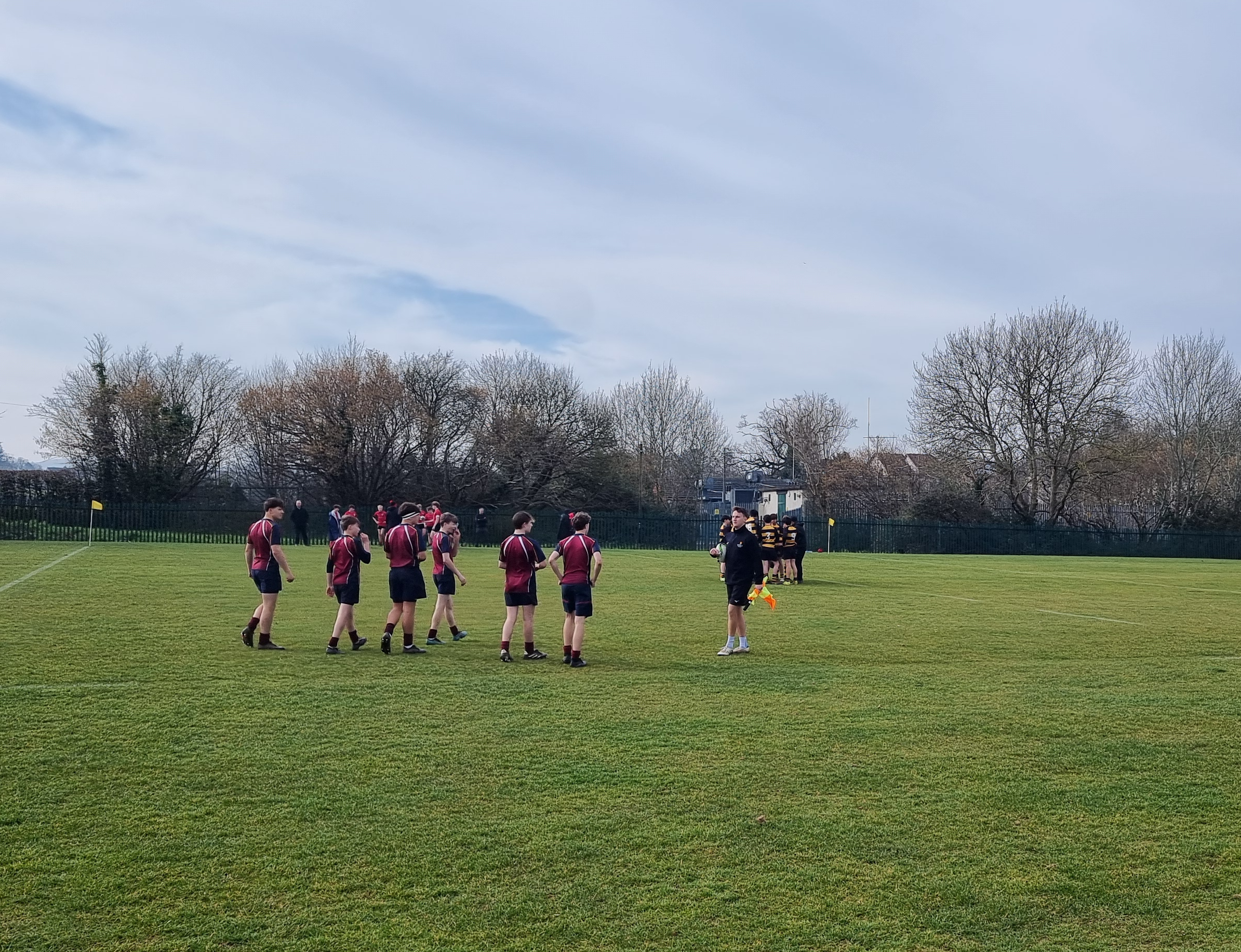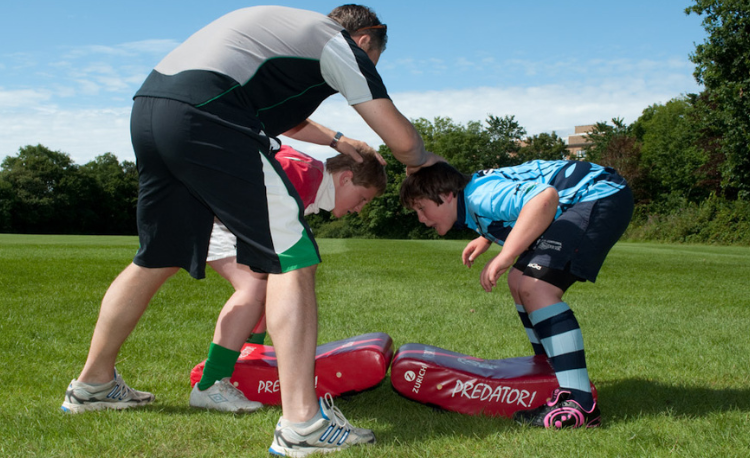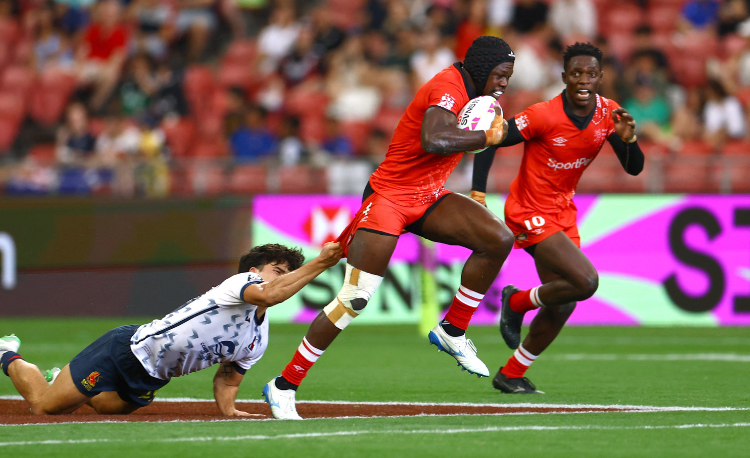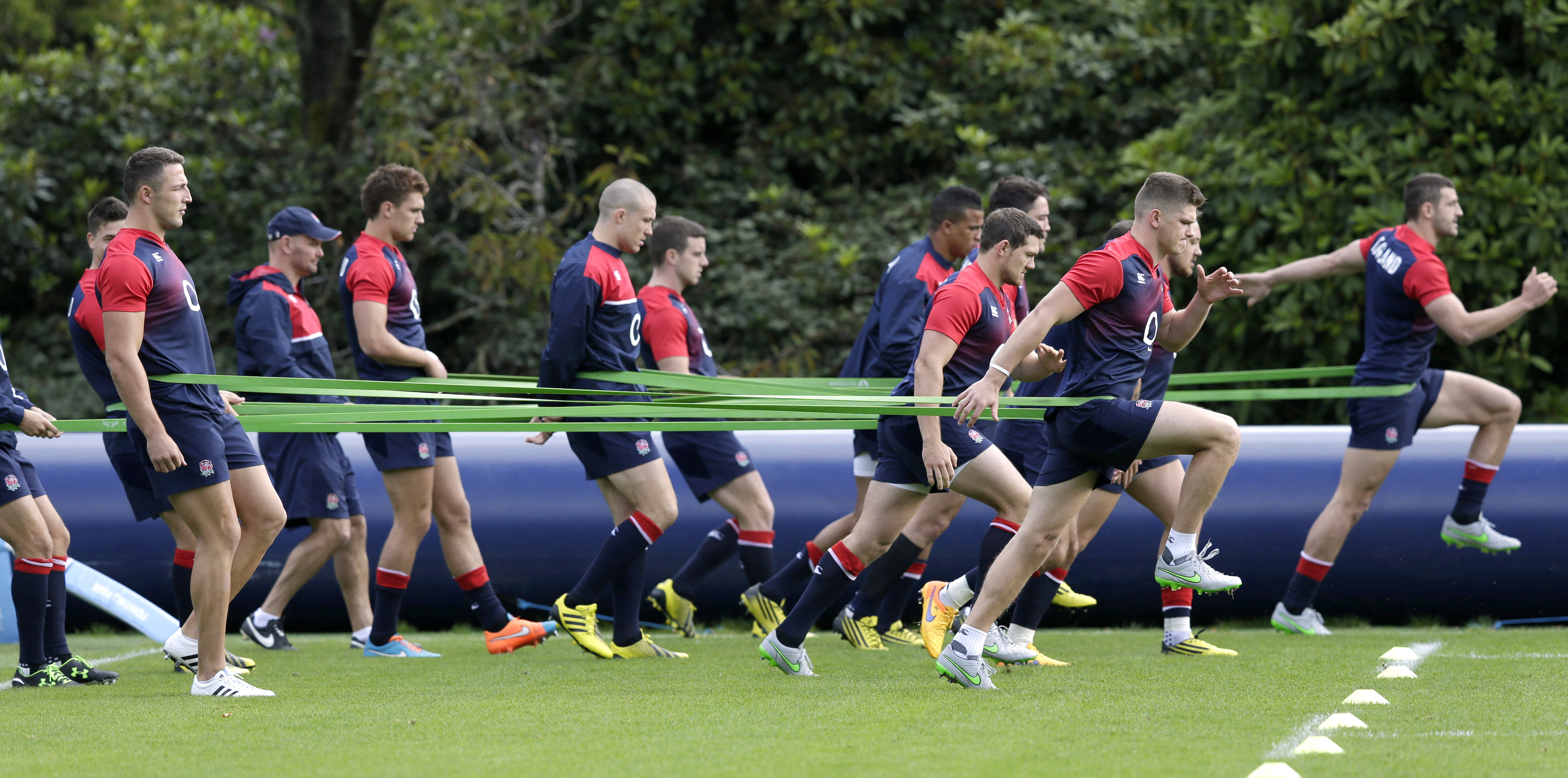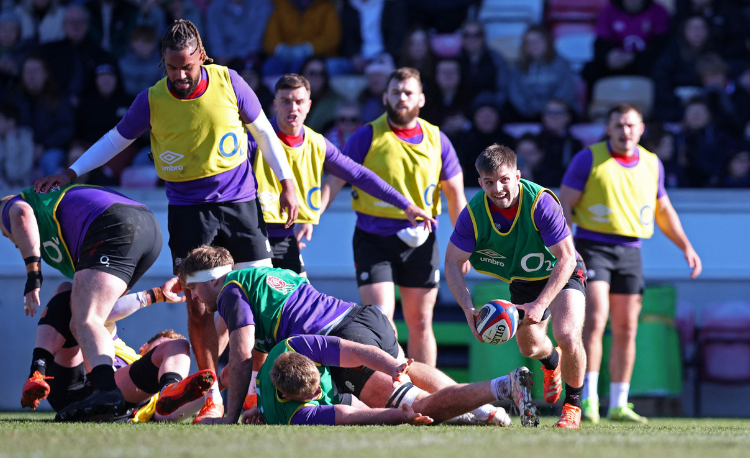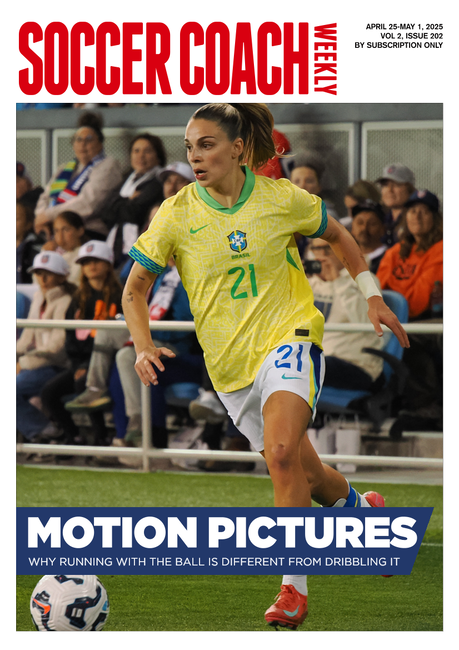Organising co-coaches
Make the best use of your co-coaches in training by involving them at the best times to enhance your players’ experience during training, by Dave Lote, head coach at 3 Spires Sports.

Make the best use of your co-coaches in training by involving them at the best times to enhance your players’ experience during training, by Dave Lote, head coach at 3 Spires Sports.
Coaching down at your local rugby club in the grassroots game is always a challenging environment, especially when you are on your own, but many of us do have the luxury of having multiple coaches within an age group. But do we as a coaching group understand the strength you have at your disposal with being able to have all coaches active at once?
In this article, I will look to give you some ideas and tips on how to co-coach from my experiences.
USING A GAME ZONE
Let’s consider the ‘Game zone’, not a new delivery method, but perhaps one that has seen a rise in media exposure through coach education and the power of Twitter over the last 5 years.
Game zones are activities where your players play games. I see on a weekly basis games are provided as a reward at the end of the session. Instead, integrate game-based practices throughout your session.
Not all the games have to look like your traditional 180-degree rugby game, with a scoring zone at each end. For me, games include three elements: a scoring system, an element of pressure, and time constraints.
With these three elements, you are allowing players to practise the action of catch and pass, for example, in an environment where they will make mistakes and have the opportunity to learn and act on their mistakes.
Working in the game zone, look to see how you can have multiple coaches in the area supporting the players. You can have one that is managing the game, one that is observing and gaining feedback on one side and another coach doing the same on the other team.
These two teams may have different objectives and it then may also provide an element of competition for the coaches as well as the players to learn ‘in the moment’. You can also have a coach whose role is to provide individuals with feedback and ask questions about what they see in the game.
USING A SKILL ZONE
On the side of a game zone, you may have a ‘Skill zone’ or drills being delivered. This may be done simultaneously or at a separate time to include all players.
You can avoid these activities, being often delivered with long queues and only a handful of players working at once. Multiple coaches can duplicate the activity. Put each coach on a station working on the skill to allow for more activity from the players, more touches of the ball, and more opportunities to make decisions and to be active.
Even better, use skill zones at the beginning of your session to include stations to activate and prepare your players for a session.
Stations could involve: catch and pass, contact preparation, Activate or decision-making
This way, all players are working in small groups and they are getting in high reps of the specific skill you are working on.
INDIVIDUAL FEEDBACK
The beauty of multiple coaches is that you have time to be able to incorporate ‘Individual feedback’ with players. These discussions may be reflections from the weekend’s game. It may be just to ask how they are feeling about training tonight. The connection between coach and player is so important.
During the session, you can ask all coaches to ensure they have at least a handful of individual conversations with players around the sessions, the drill or just general chat. This will help grow rapport in the group and therefore your relationship will benefit and coaching will feel a lot easier.
Individual feedback can be delivered throughout the session. Right at the start when they arrive, give them a ball and ask how their day has been and set them a challenge with the ball. It can happen during a skill where you pull the player out and provide them with both positive feedback and perhaps one key factor they can focus on with their next rep. This is why it is important to have multiple stations on the go so players can have loads of opportunities to complete the drill over and over again.
It can be delivered within a game zone, either a group intervention or an individual one. You can also task a player to provide feedback to their peers following a conversation with you. It is key with these interactions you give the player an opportunity to answer, so the use of open questions is important.
KEY POINTS
- Game zones can be used to integrate game-based practices throughout your session, with multiple coaches supporting the players.
- Skill zones can be used to allow for more activity from the players, more touches of the ball, and more opportunities to make decisions and to be active.
- Individual feedback is important and coaches should ensure they have at least a handful of individual conversations with players around the sessions, the drill or just general chat.
- Individual feedback can be delivered throughout the session, at the start, during a skill or within a game zone.
Thank you for reading
to enjoy 3 free articles,
our weekly newsletter, and a free coaching e-book
Or if you are already a subscriber, login for full access
Newsletter Sign Up
Coaches Testimonials

Gerald Kearney, Downtown Las Vegas Soccer Club

Paul Butler, Florida, USA

Rick Shields, Springboro, USA

Tony Green, Pierrefonds Titans, Quebec, Canada
Subscribe Today
Be a more effective, more successful rugby coach
In a recent survey 89% of subscribers said Rugby Coach Weekly makes them more confident, 91% said Rugby Coach Weekly makes them a more effective coach and 93% said Rugby Coach Weekly makes them more inspired.
Get Weekly Inspiration
All the latest techniques and approaches
Rugby Coach Weekly offers proven and easy to use rugby drills, coaching sessions, practice plans, small-sided games, warm-ups, training tips and advice.
We've been at the cutting edge of rugby coaching since we launched in 2005, creating resources for the grassroots youth coach, following best practice from around the world and insights from the professional game.


